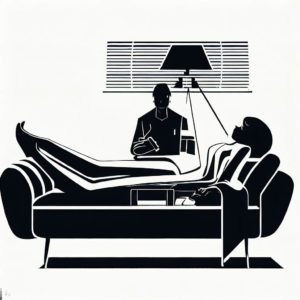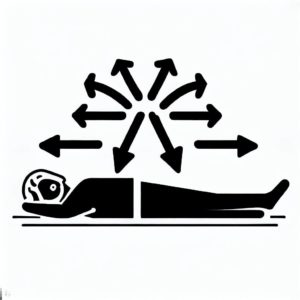
Have you ever seen a picture of Sigmund Freud’s therapy sessions and wondered why his patients are lying down on a couch? Well, you’re not alone. Freud, often considered the father of psychoanalysis, made the therapy couch famous, and it continues to be a symbol of the psychoanalytic world.
Freud’s Therapy: The Inception
The concept of the therapy couch wasn’t Freud’s original idea but was inspired by hypnosis sessions, where patients needed to be in a relaxed physical and mental state.
Why the Couch?
Freud believed that if his clients were comfortable, it would be easier for them to open up about their problems. Lying down on a couch was seen as a relaxing position that could facilitate this process.
The couch represents an ideal blend of private (like a bed) and public (like a chair) spaces, making it a non-threatening environment that encourages open conversation.
Impact of Body Posture

Recent studies, including one that examined the impact of posture on anger and belief in conspiracy theories, suggest that lying down can help regulate intense emotions, making the therapeutic process more effective.
Out of Sight, Out of Mind?
Ever wondered why Freud himself stayed out of sight? He believed his presence could influence a client’s thoughts and emotions. By staying out of sight, he tried to remove this potential bias, keeping the focus entirely on the client.
Freud’s Legacy: The Modern Therapy Couch
Freud’s practices continue to resonate in today’s world of psychotherapy. Many therapists still use a couch because it fosters a conducive environment for emotional exploration. It isn’t a nostalgic nod to Freud, but a practical tool with significant psychological value.
So, the next time you spot a couch in a therapist’s office, know it’s more than just a piece of furniture. It’s a tool to help you navigate your emotional world, one session at a time.







